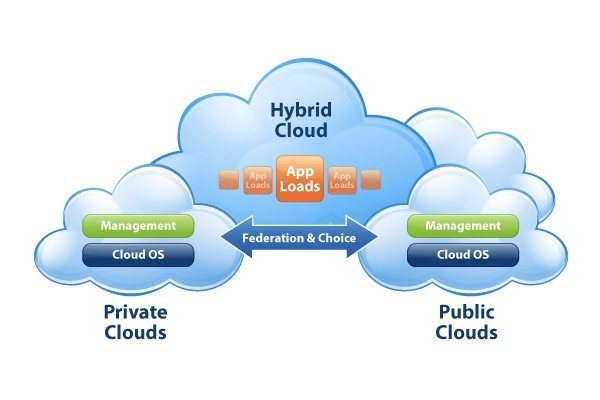
According to a report published by Gartner, the cloud is about to transition into a prolonged phase towards mainstream adoption. Its “hype” bubble, which affects all burgeoning technologies before they are fully embraced, burst somewhere in the midpoint of 2012. 2013 is considered a critical year for hybrid clouds and they are are an important consideration for businesses because they are still parsing out which functions can be exposed to the risks of public cloud and which are best left private.
In the general case this will mean gradual cloud network migration as the risks are vetted by one by one. Some of the challenges hybrid cloud introduces are in compliance, security management, and meeting service-level agreements (SLA).
Compliance
High-stakes enterprises benefit from implementing hybrid cloud solutions, but they must also remain compliant with regulations such as PCI and HIPAA. Maintaining compliance with such standards using cloud systems is not as inherently onerous as some would think – in fact they were designed to be platform-agnostic. For example, if requirements such as a firewalls or encryption of personal data are in place, it does not matter what technology or architecture is used to implement them.
However, with a hybrid cloud data moves with relative ease between public and private, meaning that there are additional points of scrutiny adding to the challenge of compliance. Not only must the public and private components of the solution be up to standard, the coordination between the two must be compliant as well.
Security Management
In order to manage the security of a network, multiple controls must be in place such as authentication and credentials. Hybrid cloud introduces the complication that these security items may need to be replicated on both the public and private side, meaning potential skew and additional points by which access may be compromised.
SLA Issues
Public cloud providers go out of their way to make good on SLA promises of uptime that exceeds 99% and approaches perfect availability. However, when an organization mixes public cloud with private cloud, it must account for the fact that it may not be able to meet such an SLA from the private side and should craft its agreements realistically.
For more on the risks and challenges of cloud network migration, contact a trusted cloud solution provider.






